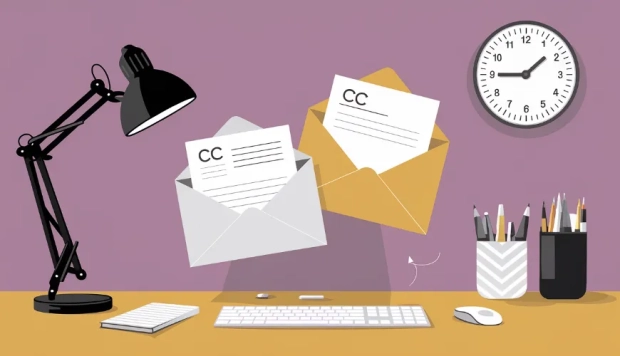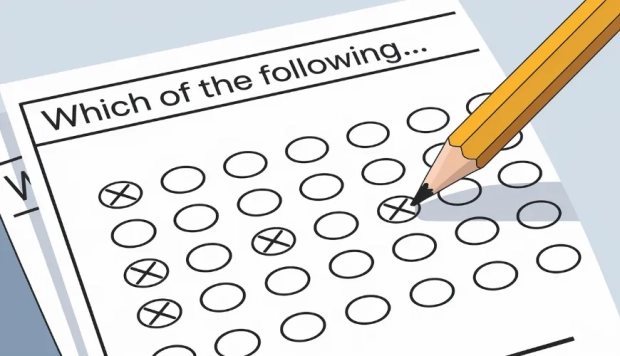What is an Outbox in Email

Understanding Email Outbox
Understanding the different components of your email client or service is key to managing your digital correspondence effectively. One such component, often overlooked yet crucial, is the "Outbox." This article aims to explaining what it is, its purpose, and how it stands apart from other email folders.
What is the Outbox?
At its core, the Outbox is a temporary holding spot for emails that are in the process of being sent but haven't yet made it to their destination. Think of it as the departure lounge at an airport, where passengers (in this case, your emails) wait before boarding their flights to the intended recipients. The presence of an email in your Outbox typically means it is queued for sending.
The Purpose of the Outbox
The primary role of the Outbox is to manage the sending process of emails. When you hit "send" on an email, it doesn't immediately vanish into the digital ether. Instead, it first moves to your Outbox, where it awaits the next send/receive cycle of your email client. This cycle can be set to operate automatically at regular intervals or initiated manually, depending on your settings and the email service or client you're using.
This waiting period in the Outbox serves a few practical purposes. It offers a brief window during which you can potentially stop an email from being sent, allowing you to make last-minute edits or even delete the message if you change your mind. Additionally, if there are any issues with your internet connection or email server, the Outbox holds the email until the problem is resolved, ensuring that your message isn't lost.
How the Outbox Differs from Other Folders
The Outbox is distinct from other email folders such as the Inbox, Sent Items, Drafts, and Trash. Each folder serves a unique purpose in the organization and management of your emails:
- Inbox: This is where all incoming messages land, serving as your main area to read and manage new emails.
- Sent Items: Once an email successfully leaves the Outbox, it moves to the Sent Items folder, confirming that the message has been delivered to the email server for dispatch to the recipient.
- Drafts: Emails that you've started but not yet decided to send are saved here. It's like a workspace for your unfinished messages.
- Trash: Deleted emails go to the Trash, where they stay until permanently removed.
Understanding these distinctions is crucial for efficient email management. Knowing where to look for a message at various stages of its lifecycle can save you time and avoid confusion.
Common Issues with the Outbox
Users might encounter situations where an email seems stuck in the Outbox. This can happen for several reasons, such as a large attachment exceeding size limits, a weak or disrupted internet connection, incorrect email settings, or server issues. When this occurs, the email client will typically try to resend the message at the next send/receive cycle. If the problem persists, it might require user intervention, like resizing attachments, checking connection settings, or even contacting the email service provider for assistance.
Read more: Can email addresses have hyphens, minus signs and dashes? Difference Between IMAP and POP Mail Transfer Agent (MTA)
The Outbox is an essential, albeit behind-the-scenes, component of your email system, ensuring that your messages are queued, sent, and managed effectively. While it might not be as frequently accessed as the Inbox or Sent Items, understanding its function and how it differs from other folders can enhance your email experience. By keeping an eye on your Outbox, you can troubleshoot sending issues more effectively, ensuring your communications are as smooth and uninterrupted as possible. So, the next time you hit send on an important email, remember the journey it takes through your Outbox and rest assured it's on its way to making a connection.




